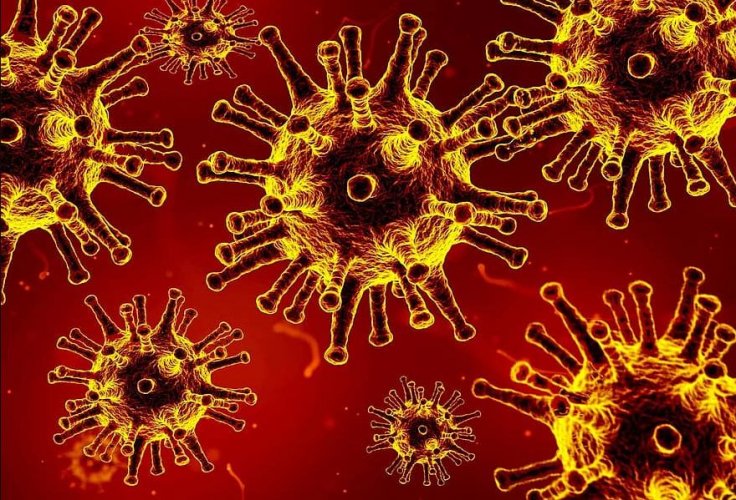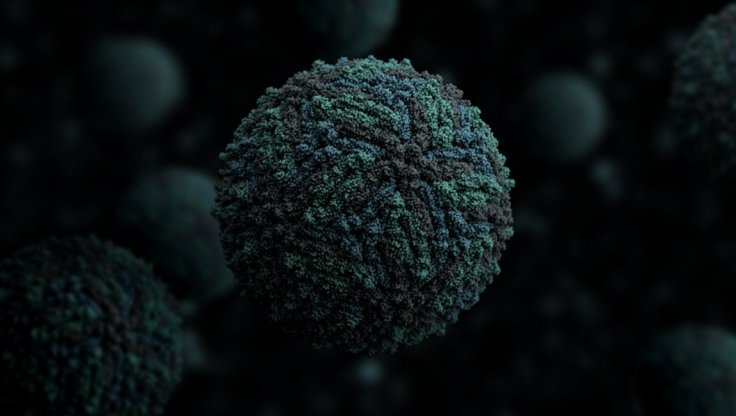What if something that makes the SARS-CoV-2 coronavirus stronger can be an exploitable weakness? According to new research, that could very well be the case. Scientists have discovered that an essential protein that aids in the virus in its replication and spread, may serve as a flaw that could potentially be targeted by COVID-19 therapies in the future.
According to the findings of two studies, a protein known as transmembrane protein 41 B (TMEM41B), which plays a key role in the replication of the novel coronavirus, may serve as a weakness in its armor that could be leveraged. They also compared the reproductive process of SARS-CoV-2 with other viruses such as flaviviruses that cause dangerous diseases such as West Nile and yellow fever.
"Together, our studies represent the first evidence of transmembrane protein 41 B as a critical factor for infection by flaviviruses and, remarkably, for coronaviruses, such as SARS-CoV-2, as well," said Dr. John T. Poirier, co-senior investigator of the studies.
Comparing SARS-CoV-2 With Other Viruses

Scientists believe that the TMEM41B plays a vital part in shaping the fatty outer membrane that the SARS-CoV-2 virus relies on for protection of its genetic material as it replicates within infected cells, and prior to infecting another cell. For the current research, the authors used not just the SARS-CoV-2 virus to infect cells, but also other deadly flaviviruses that cause deadly diseases such as yellow fever and Zika.
By comparing the reproductive of the novel coronaviruses, with three seasonal coronaviruses that cause the common cold, and dozens of lethal flaviviruses, the authors sought to ascertain if they shared any replicatory similarities between them.
"An important first step in confronting a new contagion like COVID-19 is to map the molecular landscape to see what possible targets you have to fight it. Comparing a newly discovered virus to other known viruses can reveal shared liabilities, which we hope serve as a catalogue of potential vulnerabilities for future outbreaks," stated Dr. Poirier.
Shared Attributes Among Many Viruses

For the studies, the authors infected with SARS-CoV-2, three flu-causing coronaviruses (HCoV-OC43, HCoV-NL63, and HCoV-229E) and numerous flaviviruses. Utilizing CRISPR, a gene-editing tool, they deactivate every gene of the over 19,000 found in each of the infected cells. Next, they compared the effects that occurred at a molecular level during every shutdown on the pathogens' capacity to replicate.
The team learnt that along with the role of TMEM41B in the reproduction and infection of cells, the viruses shared around 127 other molecular features among themselves. Standard biological pathways, or reactions, associated with cell-to-cell communication, and cell growth, among others, were some of the shared molecular features. However, the scientists stated that TMEM41B was the only feature that stuck out among both the families of viruses compared.
Potential To Answer Crucial Questions

Alterations and mutations in TMEM41B have been found to be common in one in five East Asians, however, not in Africans and Europeans, Dr. Poirier pointed out. Nevertheless, he warned that it was premature to attribute the comparatively disproportionate severity of COVID-19 among certain populations in the US and other countries to these changes in TMEM41B.
Another important finding of the studies was that cells that contained these mutations were over 50 percent less vulnerable to flavivirus infections than those without any genetic mutations. Dr. Poirier emphasized that additional research is required to ascertain whether mutations of the TMEM41B can provide certain individuals with protection against the SARS-CoV-2 and East Asians who possessed the mutation were less susceptible to COVID-19.
The authors intend to investigate the exact role of TMEM41B in SAR-CoV-2's replication, which can aid in the quick testing of drug candidates that can disrupt it. They also plan to examine other common pathways related to the virus that can serve as possible targets for drugs.








